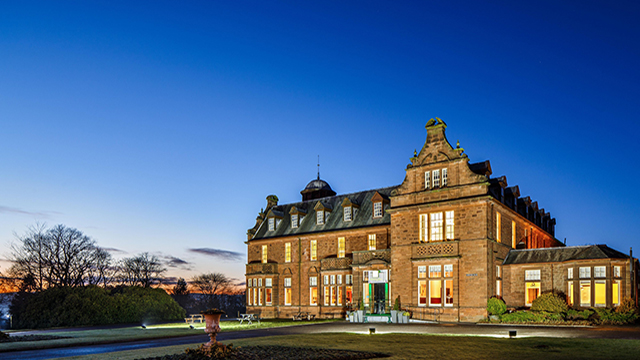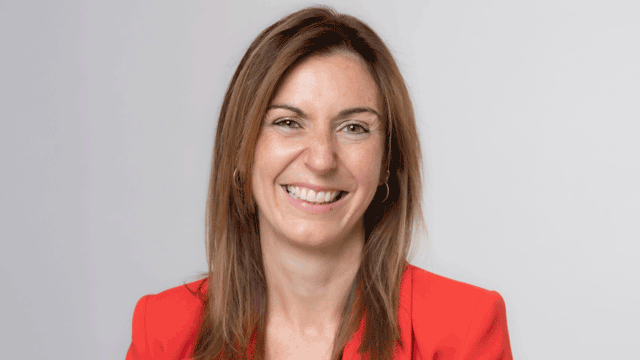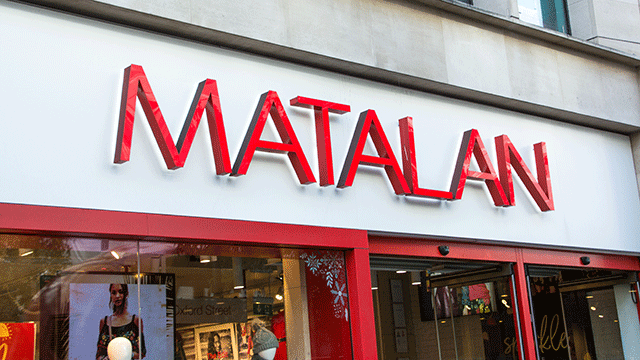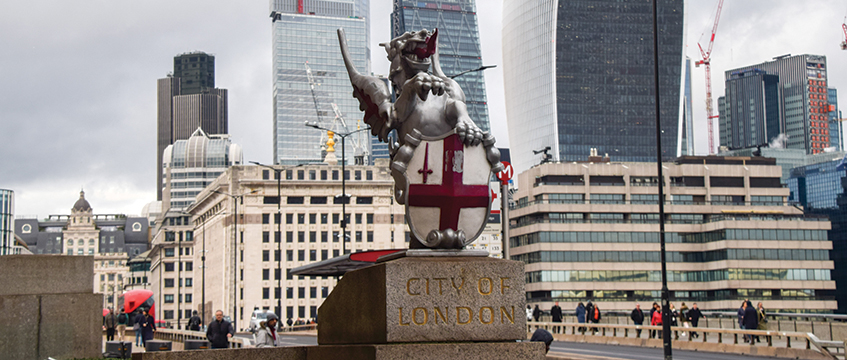Eastdil Secured turned 50 this month. David Hatcher travelled to New York to join the party and meet the revolutionaries behind Manhattan’s real estate disruptor
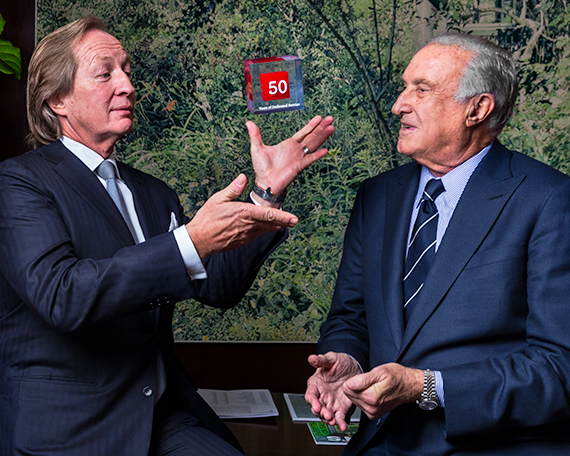
“It’s a commitment to one another. It’s basically a pledge,” says Roy March, chief executive of Eastdil Secured, as he pulls a business card-sized pamphlet out of his black leather wallet with a flourish.
“TEAMWORK MAKES THE DREAM WORK” cheers the message emblazoned across the front.
On the back it presents “OUR MISSION”: “To create value for our clients through creative and actionable ideas and flawless execution, and to be the most relevant and trusted adviser in the commercial real estate capital markets.”
And the middle? A list of guiding principles.
It all sounds a bit cult-like. But who is to say it is wrong? Judging by the impact Eastdil has had on the European market since it started ramping up its presence five years ago, it seems to have got things pretty right. Last year it completed $60bn (£48bn) of transactions in Europe ($290bn globally) and was involved in half of the top 20 biggest deals.
Love it or hate it – and many rivals do – the bounty of mandates Eastdil clinches means there is something to learn from the firm. “Often people can be critical of what they understand the least,” says March. Legendary chairman, 76-year-old Ben Lambert, and March have the skills and the contact book that mean the firm is considered as adviser on almost every major sale.
As Eastdil turns 50, March and Lambert talk success, targets for European growth and their “unpredictable” long-term client: president Trump.
Building a behemoth
The windowsill of Lambert’s office overlooking Central Park is laden with trophies, and today he has another to add to his collection – the company’s owner, Wells Fargo, has dished out its first 50-year service award.
Five decades ago Lambert came up with the concept of a real estate investment bank and even now it is something others are struggling to replicate.
It was Lambert’s vision back in the 1960s that has put the company in the position it is today. After joining a subsidiary of investment bank and mortgage broker Eastman Dillon, he sussed out a new opportunity.
“Major corporations owned lots and lots of real estate and most of them had never thought about trying to take the bricks and mortar and turn it into liquidity. Developers and owners also didn’t know how to access institutional capital and Wall Street,” Lambert recalls.
The partners at Eastman Dillon offered to lend him the money, Eastdil Inc was born.
Lambert found it tough to break in to New York’s tight-knit property circles, so he took his idea 3,000 miles West and opened an office in California.
“I was trying to educate people to the concept of an investment banking company being in a business that investment bankers had never been in. Most brokers did not present an investment opportunity and if there was a piece of land they didn’t bother to show the various ways that one could create enough value from it to pay the price.”
The company began to build a strong reputation in the 1970s thanks to deals such as the financing of what is now the 4.8m sq ft Embarcadero Centre in San Francisco for Trammell Crow, David Rockefeller and John Portman.
A series of sales and management buyouts followed. In 1999 Wells Fargo bought the firm from its then 50% owner, Japanese bank Nomura, and in 2005 it undertook a merger with Los Angeles-based Secured Capital, bringing in substantial debt expertise.
Reward culture
The company’s most recent metamorphosis took place in 2008, when Wells Fargo bought Wachovia and merged Eastdil with the real estate investment banking arm it had acquired as part of the $15.1bn deal. This gave it access to the public markets and last year the company advised on $90bn of listings.
“These were similar cultures that came together,” says March. “Our golden moment was to be able to walk into a client and give them the full spectrum of advice. A cynic would say you’re good at giving advice based on what’s good for you financially, but when you’re an expert in every aspect you can give agnostic advice.”
The investment banking heritage is reflected in the pay structure of the firm. Unlike many property advisers, which operate an “eat what you kill” model directly reflecting the volume of deals employees have been involved with, the Eastdil bonus is entirely at the discretion of management.
“A lot of the challenges that some firms have faced is that public ownership has driven a revenue growth story that ultimately requires them to create more silos and more specialisation. Instead of expanding and sharing that knowledge base they covet the information,” says March.
And March adds that putting such power in the hands of your bosses regarding your pay is something many cannot get their heads around. “I think we draw a certain emotional intelligence in terms of the people who want to be part of what we do,” he says.
The air of exclusivity around Eastdil is something Lambert has conjured deliberately.
“I’ve always believed since I first started that if people really wanted to deal with Eastdil that they should have to find the right rock in Central Park and under the rock would be the name, the telephone number and how to get in touch. I wanted the people we did deal with to feel we were focused on them and not a huge number of people,” he says.
European focus
But while the biggest names in the US have long been desperate to work with Eastdil, this was not aways the case in Europe.
Lambert considered a move across the Atlantic long ago, but when looking at buying chartered surveying firms found they had insufficient expertise. The breakthrough came in 2011 when Eastdil sold Anglo Irish Bank’s $10.5bn US loan book, established itself with Nama and made its name in Europe as a seller of such portfolios.
Although senior managing directors James McCaffrey and Michael Cochran were two of the company’s top men, there was one thing they lacked. “Mike and Mack do not have British accents,” Lambert says.
As a result the well-known former chairman of real estate for Europe at Credit Suisse, Ian Marcus, was brought on board as senior adviser. “I feel very close to him personally. We think alike, and he immediately understood what I wanted to create,” says Lambert.
March also frequently makes the trip to London. He flashes his 11 million-mile airline loyalty card – “that’s 22 times to the moon and back”, he says.
Although the company is now looking to expand aggressively in Asia, where it has a Hong Kong office, March maintains Europe is still where he sees the most opportunity.
“With the dislocation that’s going on as a result of elections, as a result of Brexit, as a result of whatever is going to become of the EU, there is even more opportunity,” he says.
The US, too, has instability of its own with the election of President Trump.
While he is a long-standing client of the firm, which helped him undertake one of his first major deals in acquiring the Grand Hyatt Hotel (then the Commodore Hotel) in New York in 1976, and someone Lambert admires as “street smart”, it seems he is not blown away with him running the country.
“I think he’s a very smart guy but he’s unpredictable so that’s really the thing that has people in this country on the edge of their seat. I think people are concerned whether his foreign policy is going to lead us into a direction that will not be good for the United States,” says Lambert. “I know a lot of people that are in cabinet and some of them are extremely capable people. It’s just a question of whether Donald has so much control over them that they’re just going to do as he wants them to do.”
For business though there is a feeling that his anti-regulation stance could be a boon. “I think in the short-term everybody has a very positive feeling,” adds Lambert.
Like Trump, Lambert is a man who you might not expect to find in the position he is considering his age. But he has no interest in retirement.
“It doesn’t appeal to me. I know my role as chairman and Roy has the final word as chief executive, as he should do, but him and the team are amazing, and still ask me what I think and how we should do things. I’m pleased they think I still have enough of a position in the industry to do that.”
The Eastdil way of doing things may grate with some of the more traditional players in the industry, but the company’s success is difficult to deny. Perhaps teamwork really does make the dream work.
The ones that got away
The lucrative remuneration and enviable client roster means it is rare that top names leave Eastdil. As a result, the firm hit the headlines last October when New York super-brokers Doug Harmon and Adam Spies departed for Cushman & Wakefield.
Lambert says it has given opportunity to others, but clearly those he refers to as “the departed” have hurt.
“They were given enormous opportunity and they were very, very valuable, they did a very good job and they made good money, very good money. We weren’t used to it, it’s never happened to us before; never ever, ever. And they did it not in a nice way. They called up on the phone, reading from a script from the lawyer. As much as I think I’ve been fairly good at picking people it, it sort of sets me back because I have the feeling that I must have been a little bit short on judgement.”
Inside Eastdil’s 50th birthday party >>
• To send feedback, e-mail david.hatcher@estatesgazette.com or tweet @hatcherdavid or @estatesgazette




